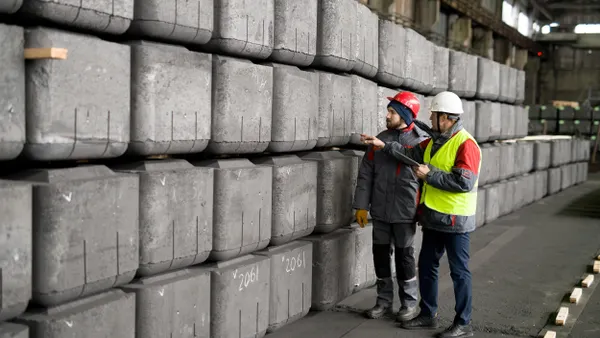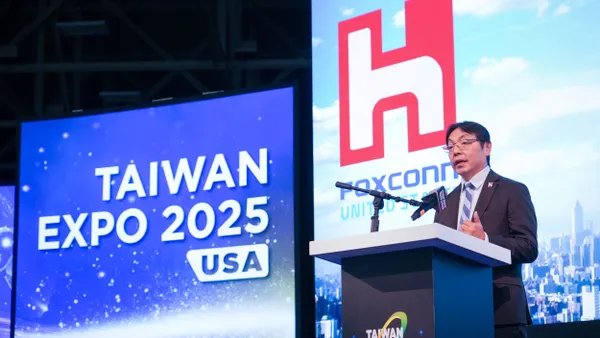It is a bold understatement to say the last three years have made life interesting for tax and finance leaders in manufacturing operations.
Supply chain disruptions, surging e-commerce, labor shortages, changing business models and taxing authorities’ relentless drive to increase tax receipts across a myriad of sales and use tax rules have upended many conventional compliance strategies.
Indirect taxes, like sales and use tax in the U.S. and value-added tax (VAT) in Europe, are under continuous updates, expansions and interpretations. For example, there can be as many as 1,000 sales tax bills in consideration across the U.S. in a legislative year. How many are likely to change your compliance methods?
To further complicate matters, the concept of “joint and several” puts manufacturers on the hook for both sides of the transaction.
“The key compliance concern of manufacturers is making sure they know what tax exemptions they’re titled to, as a buyer or seller,” explains Charles Maniace, vice president of regulatory analysis and design for Sovos, in a recent interview. Sovos is a global compliance technology solutions and services provider. According to Maniace, the risk isn’t just underpayment in an audit finding, either. It’s also needless overpayment.
“Has the vendor applied the right tax rate?” he asks. “The rules are really nuanced across the country.”
Nuance also colors the European Union (EU) with regard to VAT. Manufacturers doing business in Europe face country-by-country interpretations of VAT code. Alex Smith, the UK-based senior director of Sovos, is an authority on VAT challenges.
“You not only have different rules in different countries, they may interpret provisions of the common VAT structure differently,” advises Smith. “You’re also dealing with different languages. Yes, there is a single framework that’s supposed to simplify tax matters. But there are local divergences. Compliance can be very time consuming.”
Both Maniace and Smith recognize the daunting task manufacturers face in keeping pace in a fluid, constantly shifting compliance environment. Evolving business requirements can also quickly and dramatically modify compliance obligations, such as:
-
Changing Business Models. The pandemic upended business as usual, shattering supply chains and bringing into question pre-pandemic vendors, especially overseas. The necessity to identify new suppliers can create new sales and use tax implications.
-
Changing Knowledge Base. Labor shortages not only afflict the assembly line but also the corporate tax team. “Even with large companies, I’ve seen less overall tax understanding either because key professionals have left or the institutional knowledge wasn’t documented well for new hires,” Maniace suggests. “Requirements can change with frequency, which is especially true in Europe.”
-
Changing Inventory Management. Before the pandemic, “just-in-time” inventory management efficiencies made great sense. But stretched, often splintered supply lines, have caused some manufacturers to transition to a “just-in-case” inventory model. That may mean retaining more inventory with the associated warehousing and distribution requirements. Essentially, there are more sales and use tax implications as an organization’s nexus footprint grows.
-
Changing Markets. E-commerce sales direct to consumers are quickly evolving. “Direct selling opens up an entirely new set of requirements,” observes Maniace. “If you’re selling with any volume, you have to collect everywhere you have economic nexus, as mandated by South Dakota v. Wayfair. How much sales tax do you collect in Keokuk, Iowa, for instance?”
Similar market distinctions apply in Europe as well, notes Smith.
“Member states are very keen to get that VAT or good and services tax (GST) where it’s consumed,” Smith says. “There is a lot of momentum towards applying taxes based on the customer’s location, no matter where that might be.”
What steps should you consider in improving compliance in a world of nuance and change? International Data Corporation (IDC), a leading global provider of market intelligence and advisory services, has some ideas:
-
Ask yourself questions: What are the issues we need to resolve? Are the issues technology related? How do we define success? Which internal stakeholders should be involved in any evaluation?
-
Ask compliance vendors questions: What is their experience? Can the vendor demonstrate value with live data? Does the vendor understand your business and the tax regulations it faces, now and in the future? Does it integrate well with your present business systems? Can it scale to keep pace with growth and market expansion? For example, IDC reports that “Sovos has invested heavily into maintaining their regulatory tax content, with an analysis team of nearly 100 professionals around the world …”
If the business turbulence of the last three years is any gauge, staying resilient through changes is the industry’s prime directive. Consider all the ways you can simplify and improve your response to shifting tax compliance requirements, today and tomorrow.










